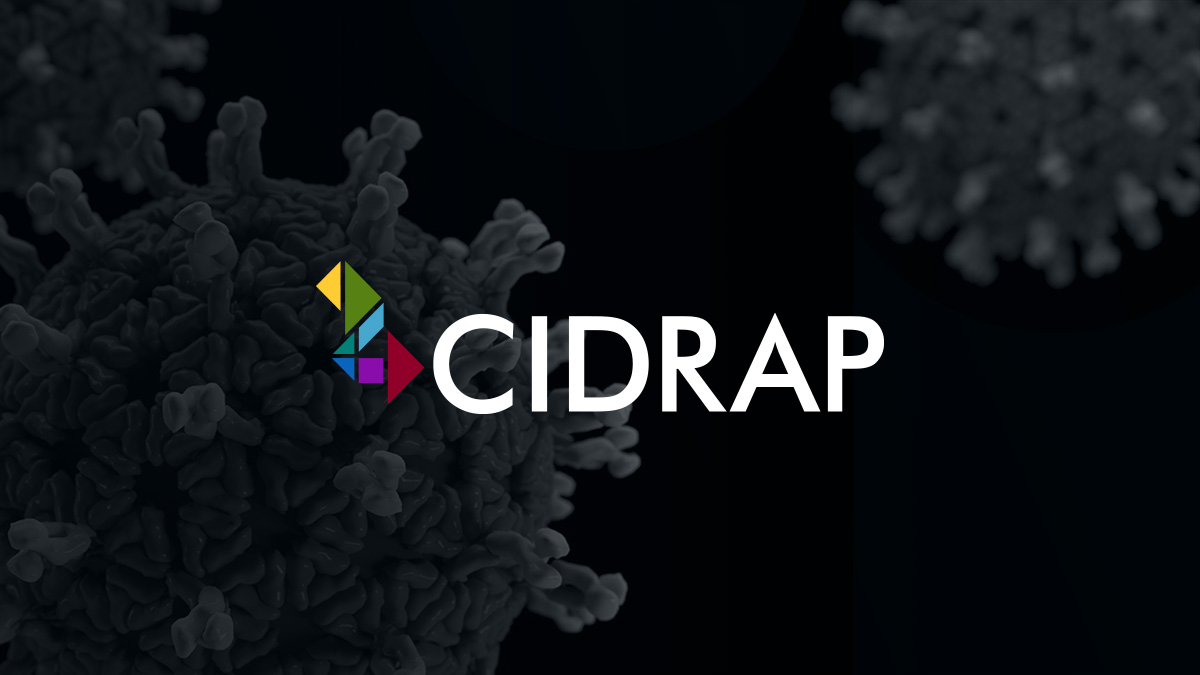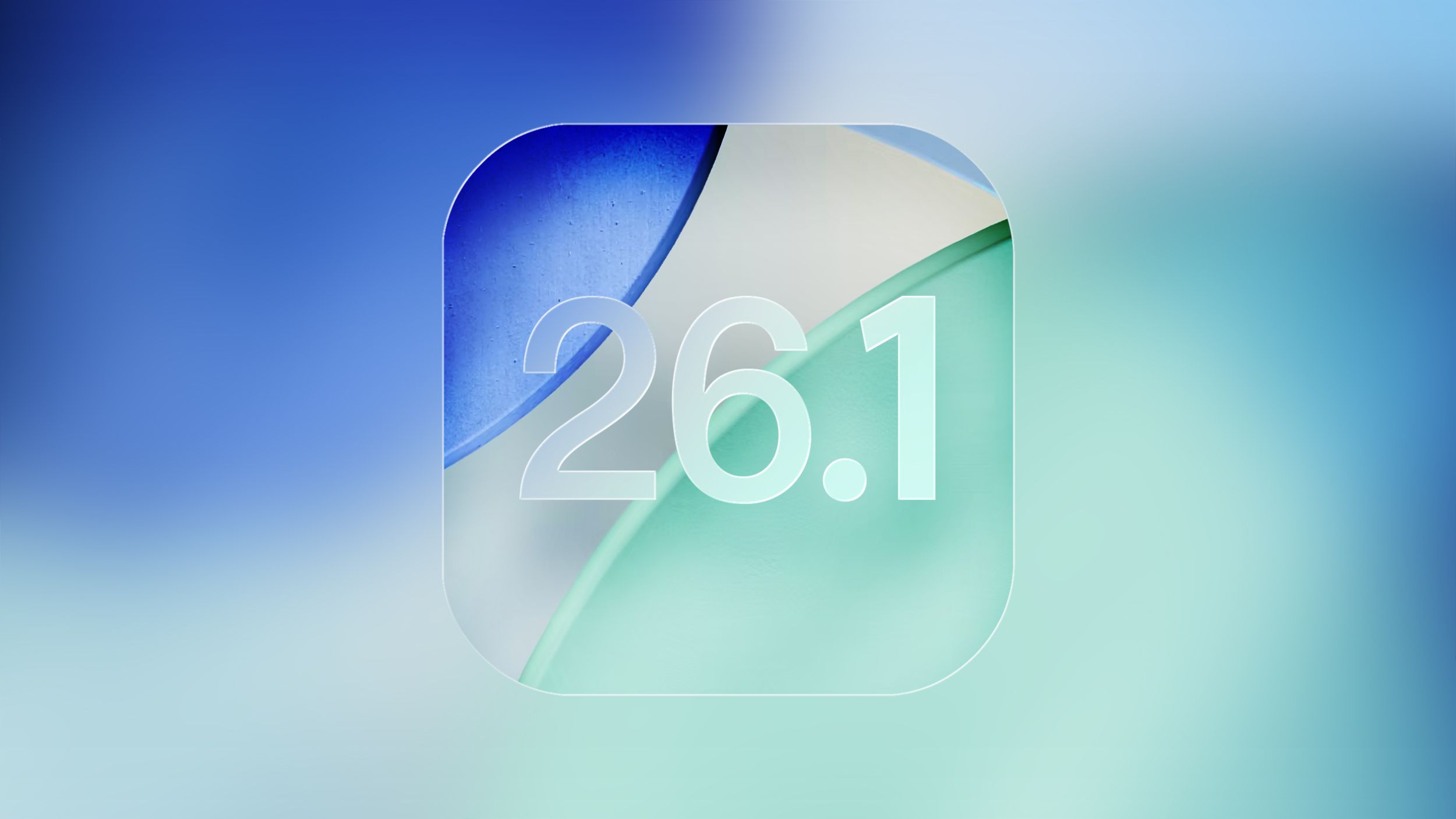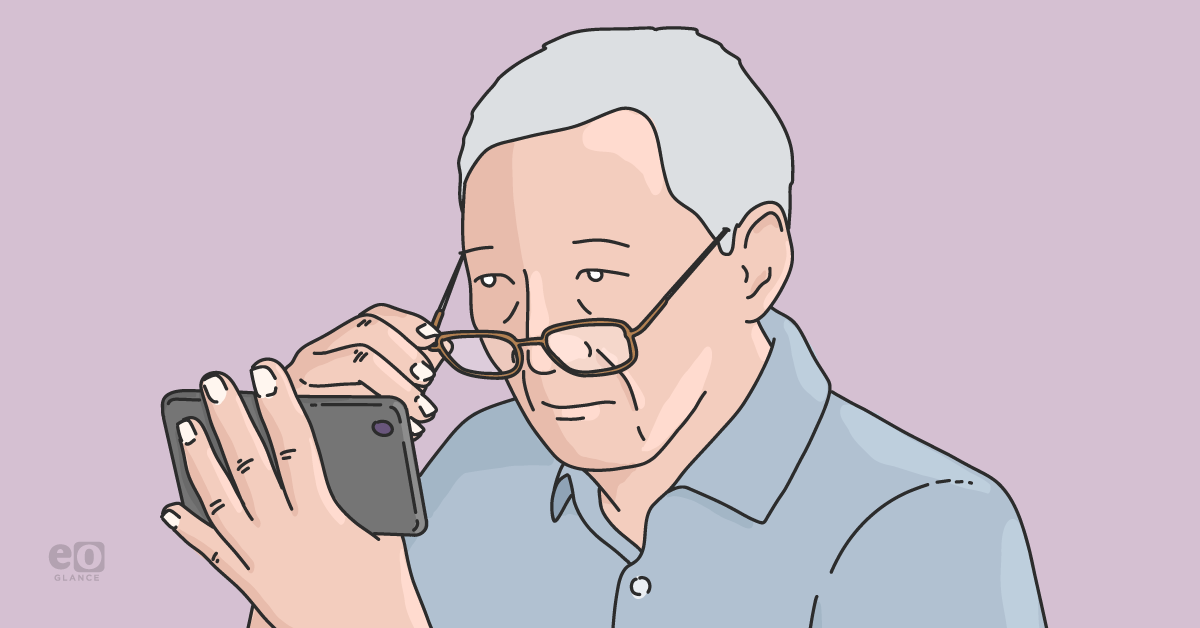A randomized controlled trial conducted in 18 public hospitals in Kenya finds that the the addition of glucocorticoids to standard care for severe community-acquired pneumonia (CAP) reduced the risk of death by 16%.
For the pragmatic, open-label trial, published last week in the New England Journal of Medicine, a team led by researchers at the Kenya Medical Research Institute assigned adult CAP patients without a clear indication for glucocorticoids to receive either standard care or standard care plus oral low-dose glucocorticoids for 10 days.
Of the 2,180 patients, none required intensive care, 1,089 were assigned to glucocorticoids within 48 hours after hospital admission, and 1,091 were assigned to standard care. The median patient age was 53 years.
“Adjunctive glucocorticoids may reduce mortality among patients with severe community-acquired pneumonia (CAP) in well-resourced settings,” the authors wrote. “Whether these drugs are beneficial in low-resource settings with limited diagnostic and treatment facilities is unclear.”
Balancing benefits with risk of metabolic complications
By 30 days, 22.6% of glucocorticoid recipients and 26.0% in the standard-care group had died (hazard ratio, 0.84). Rates of adverse and serious adverse events (SAEs) were similar in the two groups.
Although hyperglycemia is mostly controllable, blood glucose monitoring is difficult in overburdened sub-Saharan hospitals.
The trial’s pragmatic nature means that the results are likely to be more relevant to patients in sub-Saharan Africa than to those in high-resource settings, the researchers said. “On the basis of our findings, adjunctive glucocorticoids could represent a low cost intervention to reduce the high case fatality associated with CAP in sub-Saharan Africa,” they wrote.
In an editorial in the same journal, Arthur Kwizera, MD, of Makerere University College of Health Sciences in Uganda, and Martin Dunser, MD, of Johannes Kepler University in Austria, noted that hyperglycemia (high blood glucose) occurred in 16.6% of glucocorticoid recipients.
“Although hyperglycemia is mostly controllable, blood glucose monitoring is difficult in overburdened sub-Saharan hospitals,” they wrote. “As the prevalence of diabetes is increasing across Africa, introducing glucocorticoid therapy without strengthened laboratory and nursing capacity may put patients at risk and requires a nuanced balance of the survival benefits and metabolic complications.”







